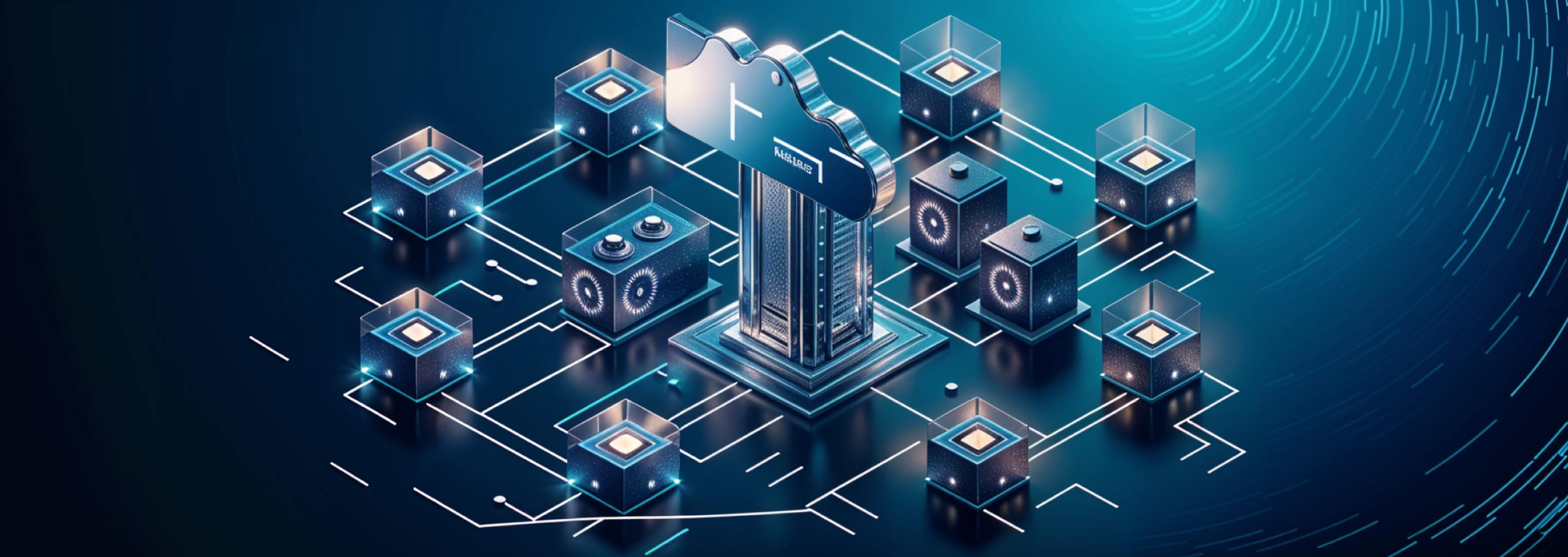Choosing a new ERP system is not one that is easy. More so in a public sector organization where the decision process is long and involves many people. Here are a few considerations and suggestions to help you make an informed choice on your new ERP.
ERPs have become important to organizations of all types- private and public. By integrating your core business processes into one platform, an ERP system drives efficiencies, productivity, and performance. And that’s why many organizations that have not adopted ERP in the past are rapidly adopting it. Estimates suggest that the global ERP market is expected to cross $6,02,30 million by 2026, from $4,34,40 million in 2020, registering a CAGR of 5.6% during 2021-2016.
The importance of an ERP is more for a public sector organization in the post-COVID-19 world. Shrinking budgets and demand for higher efficiency and capabilities in the current environment require government institutions to ramp up their technology stack to bring agility, scalability.
Importance of ERP Selection
The first step to ERP implementation is to choose an ERP software. As with any new technology in the public sector, choosing and implementing an ERP software can be challenging as it involves multiple departments, policy considerations and protocols. Whatever it may be, an ERP implementation involves lots of resources and time, and so the decision to choose an ERP must not be hurried and needs due diligence.
The cost of not choosing the right ERP is high for any organization but more in the case of the public sector. The ERP you select for your organization will not only impact its processes but also impact citizen services and experience.
At Gemini Consulting & Services, we have helped many public sector organizations in choosing the right technology, unlock new opportunities and drive value from it. Our consultants have developed an ERP selection strategy that evaluates your goals, identifies requirements, and recommends the best ERP system. We also help organizations in implementing, modernizing and migrating ERPs. To know how you can optimize your IT landscape and improve public services, contact us.
ERP Selection Checks
A one-size-fits-all approach doesn’t fit into selecting ERP software. Every organization is unique, and therefore, your ERP selection criteria will also be unique. Here are a few key considerations to help you make an informed selection-
- Gathering Requirements: Requirements are the functionalities and capabilities you need from the ERP software. For public sector organizations, the requirement gathering process involves consulting various departments and then creating a list of must-haves. It is also important to take a look at your current process and assess how the ERP will fit into it.
- Research: Once you have identified your requirements, you are set for research into various ERP software available in the market. You can conduct an online search, look at the various capabilities of each software and compare it to know which one best suit your requirements.
- Technical Functionality: ERP systems have some capabilities which are general and available in all, and some features are unique to each ERP. A functionality assessment of ERP software will help you identify the one that offers you all the must-need functionalities.
- Deployment: ERPs can be deployed locally on-premise or can be cloud-based and also be deployed in hybrid (combination of cloud and on-premise) model. Each has its own advantages and disadvantages. However, there are significant differences in costs and some features. So, whether you choose on-premise or cloud or hybrid will impact your costs of ownership, maintenance and other resources required.
- Customization & Scalability: Customization means tailoring the platform as per your needs. Customization may, in certain conditions, be tough to manage in on-premise ERP systems and is easier in cloud ERPs. Scalability is the ability to scale up/ down its workload and capacities as per your needs. ERP implementation doesn’t happen every year and so you must take into account your future needs. The Covid-19 crisis has shown that the public sector must be in a position to scale many times when the situation demands.
- Accessibility: Another key lesson from the COVID-19 pandemic is that government institutions must build capabilities that can be securely accessed from anywhere. So, look for ERP software that provides you mobile access.
- Upgradations & Enhancements: Technology is quickly evolving. You need an ERP system that can be useful for you in long-term for years. It needs to be upgraded as new technology comes and new capabilities are built. Choose an ERP software from a vendor that regularly releases new upgrades and enhancements plus has a reliable post go live support and AMS services, be it on its own or through vendors.



